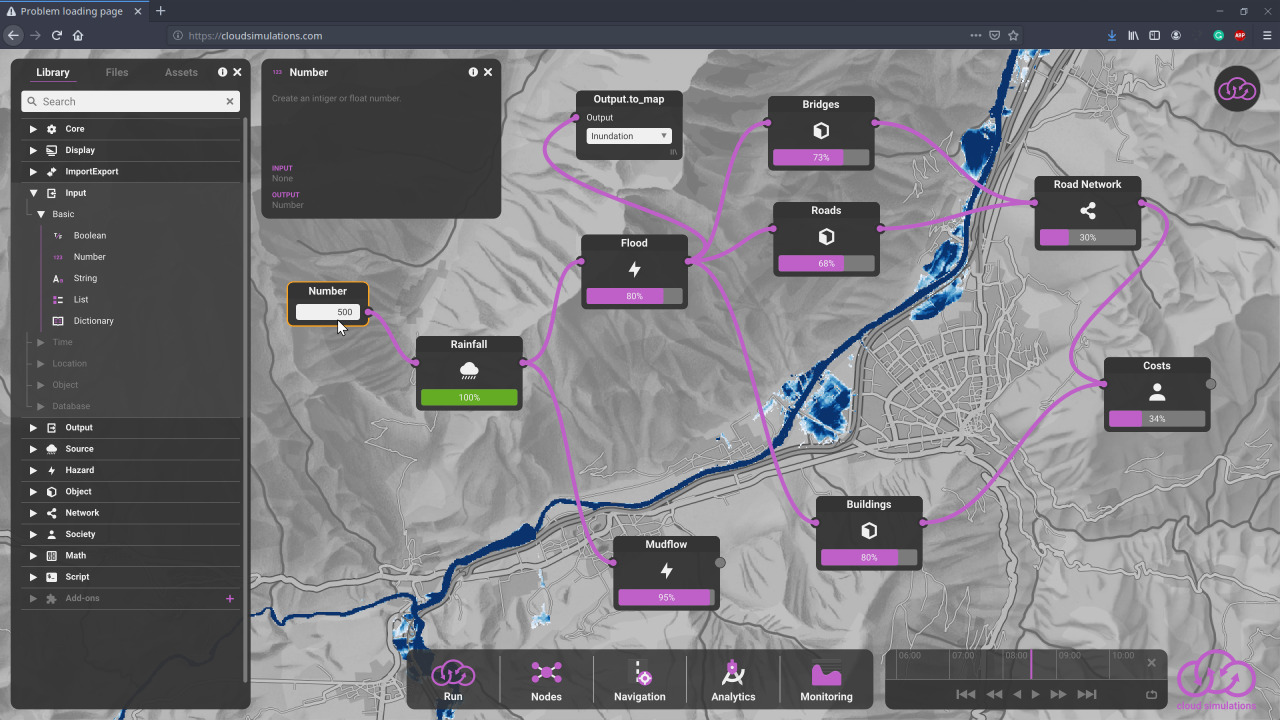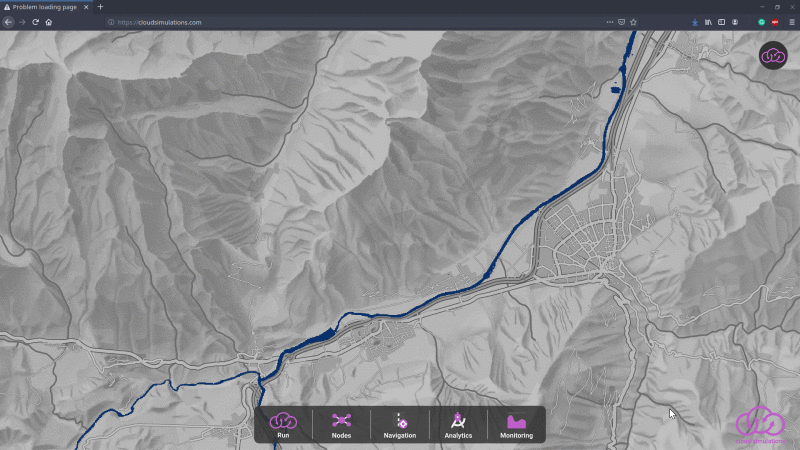My new research project Cloud Simulations. A cloud-based computational platform to estimate risk and resilience of buildings and infrastructure systems.
More information available under: www.cloudsimulations.com
Summary
The primary responsibility of asset managers is to ensure that their assets, such as buildings and infrastructure systems, provide adequate service needed. This means that they have the continuous task of executing interventions to help prevent the loss of service and to restore service after it is lost, which can happen, for example, due to natural hazards such as floods, landslides, and earthquakes. In other words, they have the continuous task of making their assets resilient. To provide optimal mitigation measures, the risk and resilience of buildings and infrastructure systems have to be assessed. Therefore, different computational models from different disciplines have to be executed, and their results have to be brought together in order to make profound quantitative statements. Nonetheless, conducting such assessments can be a particularly challenging task due to numerous scenarios and chains of interrelated events that require considerations, the modelling of these events, the relationships among them, and the availability of support tools to run the models in an integrated way.

GUI mock-up
Cloud-based simulations offer a solution to this problem, by providing almost unlimited storage and computational resources; furthermore, the cloud enables and facilitates collaborative approaches. This research aims to develop a computational platform which enables cloud-based simulations to estimate risk and resilience of buildings and infrastructure systems. The structure and setup of the computational platform follow the principles and ideas of systems engineering and allows to incorporate and link different events. The platform is centred on the integration of the spatial and temporal attributes of the events that need to be modelled to estimate the risk and resilience. Furthermore, the platform supports the inclusion of the uncertainty of these events and the propagation of these uncertainties throughout the risk and resilience modelling. Through the modular implementation of the simulation platform, the updating and swapping of computational models from different disciplines - according to the needs of engineers and decision-makers - is supported. The platform enables high-performance computing for simulation-based risk and resilience assessments, considering the occurrence of time-varying multi-hazard events affecting buildings and infrastructure systems.

Flood simulation run
Beyond the modelling of complex scenarios, the computational platform provide technologies and tools to help decision-makers in determining the best mitigation policies. This is reached by collaborative technologies like data sharing, real-time collaboration, a continual process of creating, editing, and commenting, as well as a cheap and easy way of creating visuals and reports.